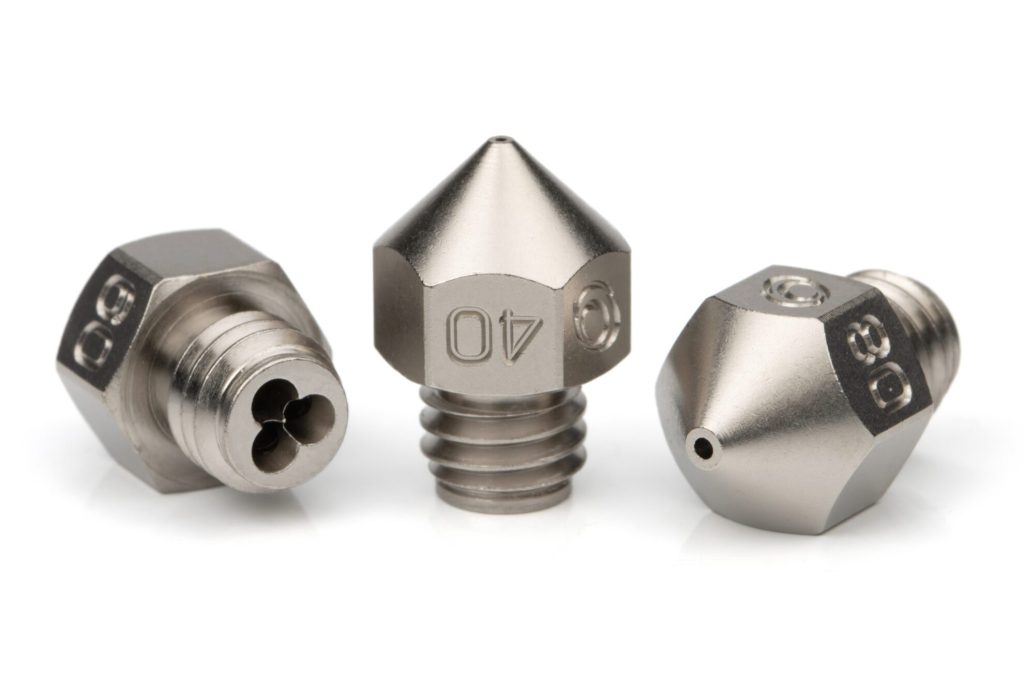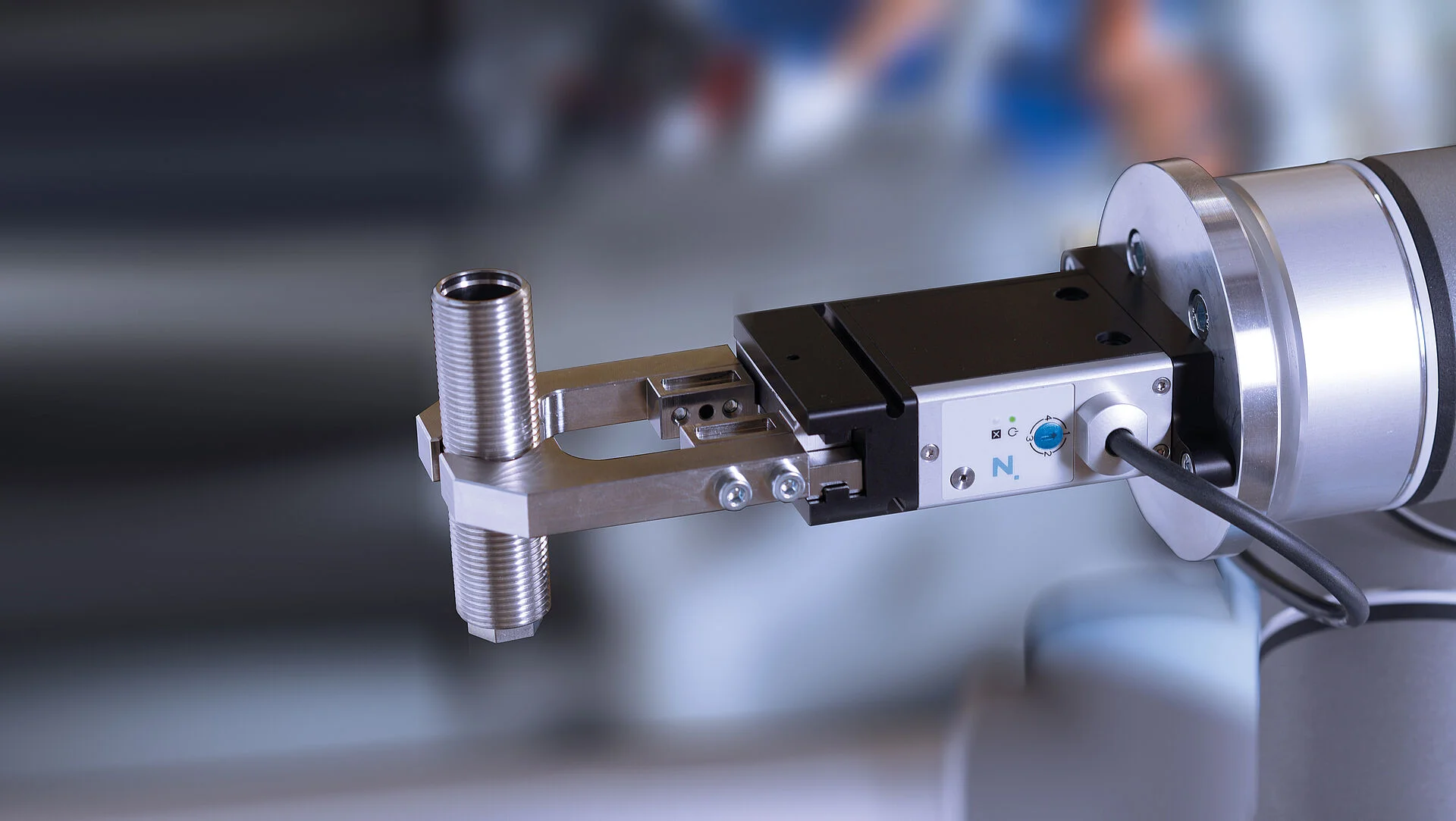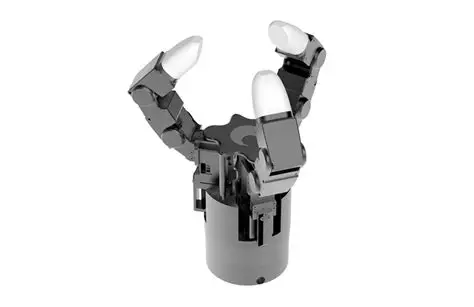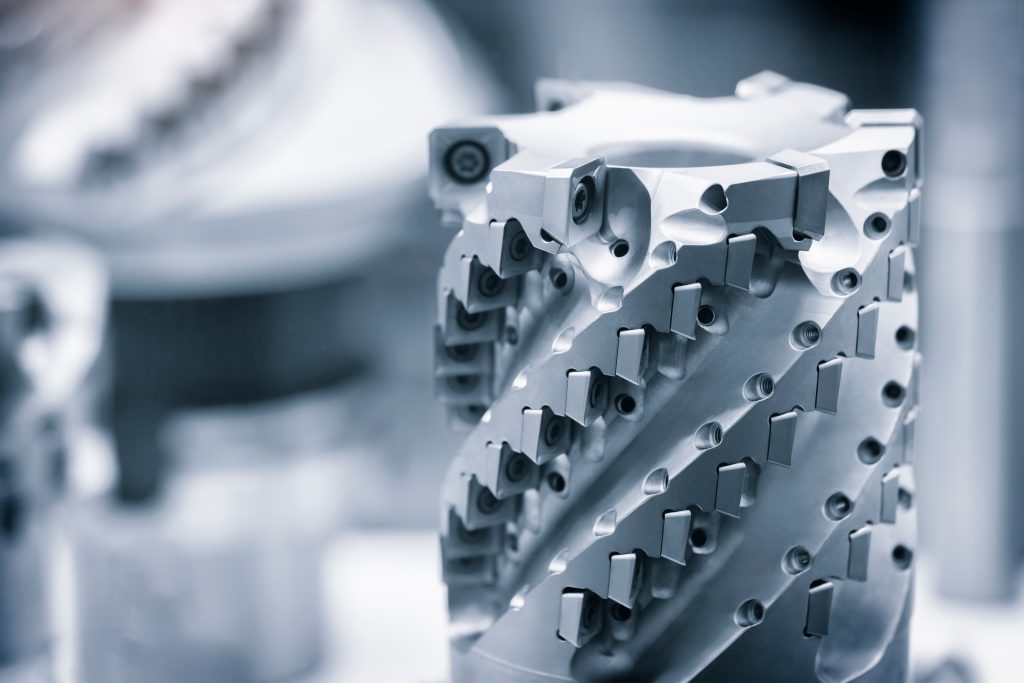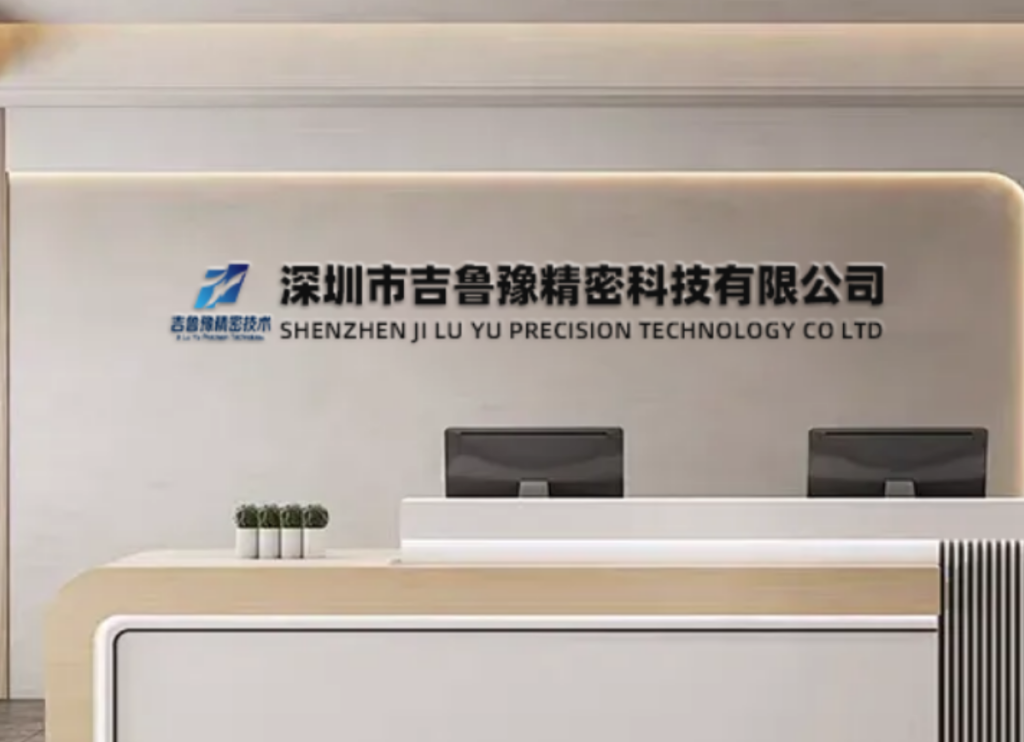3D Printer Nozzle: 2025 Service-Provider Masterclass
Why 3D Printer Nozzle Selection Determines Margins
Across a 50-printer farm, swapping from brass to ruby-tipped nozzles on carbon-fiber jobs extends mean-time-between-replacement (MTBR) from 120 h to 2 100 h, cutting annual nozzle spend by 18 500 USD and reducing downtime by 7 %. This guide quantifies every variable—size, material, cost-of-ownership—so service providers can turn nozzle strategy into a profit lever.
Nozzle Size vs. Throughput – Data Matrix
| Ø (mm) | Layer Height Range (mm) | Max Feed Rate (mm³/s) | Print Time Index | Detail Index | Best Use Case |
|---|---|---|---|---|---|
| 0.2 | 0.05–0.15 | 2.4 | 2.80 | 10 | Jewelry, miniatures |
| 0.4 | 0.10–0.30 | 11.4 | 1.00 | 7 | General purpose |
| 0.6 | 0.15–0.45 | 25.5 | 0.60 | 5 | Functional prototypes |
| 0.8 | 0.20–0.60 | 45.2 | 0.40 | 3 | Large housings |
| 1.0 | 0.25–0.75 | 71.5 | 0.30 | 2 | Structural panels |
| 1.2 | 0.30–0.90 | 102.0 | 0.25 | 1 | Draft molds |
Material Wear Table – 200 h Abrasive Test
| Nozzle Type | Mass Loss (mg) | MTBR (h) | Cost (USD) | €/h | Compatible Filaments |
|---|---|---|---|---|---|
| Brass | 18 | 120 | 0.60 | 0.0050 | PLA, ABS, PETG |
| Stainless Steel | 8 | 300 | 2.50 | 0.0083 | Wood-fill, glow |
| Hardened Steel | 2 | 1 000 | 6.00 | 0.0060 | CF-Nylon, metal-fill |
| Ruby Tipped | 0.2 | 2 100 | 25.00 | 0.0119 | CF-PEEK, ceramic-fill |
| Tungsten Carbide | 0.1 | 2 800 | 18.00 | 0.0064 | All abrasive |
Temperature & Pressure Map – Avoiding Heat Creep
| Material | Target Temp (°C) | Max Pressure (MPa) | Nozzle Wall (mm) | Heat Break Length (mm) |
|---|---|---|---|---|
| PLA-Wood | 195–205 | 12 | 0.5 | 5 |
| CF-PETG | 235–245 | 18 | 0.8 | 8 |
| PEEK | 390–410 | 35 | 1.2 | 12 |
| Metal-Fill | 220–230 | 22 | 0.8 | 7 |
Fleet Swap Workflow – 90-Second Changeover
| Step | Tool | Time (s) | Torque (N·m) | QC Check |
|---|---|---|---|---|
| Pre-heat | Hot-end to 200 °C | 30 | – | Thermistor OK |
| Loosen | 7 mm socket | 10 | 1.5 | Nozzle drop |
| Insert new | Hand-start | 15 | – | Threads clean |
| Tighten | Torque driver | 25 | 2.0 | PTFE gap 0.1 mm |
| PID tune | M303 | 10 | – | ±1 °C stable |
Cura 5.9.3 Profile – 0.6 mm Hardened Steel
| Parameter | Value |
|---|---|
| Layer Height | 0.28 mm |
| Line Width | 0.72 mm |
| Speed | 60 mm/s |
| Retraction | 1.4 mm @ 35 mm/s |
| Pressure Advance | 0.035 |
| Fan | 50 % after layer 3 |
| Max Volumetric | 25 mm³/s |
Case Studies – Nozzle Impact on Business
Case 1 – Carbon-Fiber Drone Arms (Shenzhen)
Goal: 2 000 CF-Nylon arms/month
Switch: 0.6 mm hardened steel, MTBR 1 000 h
KPIs: Downtime ↓ 35 %, annual nozzle cost ↓ 9 200 USD.
Case 1 – Carbon-Fiber Drone Arms (Shenzhen)
Goal: 2 000 CF-Nylon arms/month
Switch: 0.6 mm hardened steel, MTBR 1 000 h
KPIs: Downtime ↓ 35 %, annual nozzle cost ↓ 9 200 USD.
Case 2 – Luxury Wood-Fill Interiors (Milan)
Goal: 500 decorative panels, 0.8 mm nozzle
Switch: Stainless steel 0.8 mm
KPIs: Surface roughness Ra 4.2 µm, stain-ready, 5-day lead-time.
Goal: 500 decorative panels, 0.8 mm nozzle
Switch: Stainless steel 0.8 mm
KPIs: Surface roughness Ra 4.2 µm, stain-ready, 5-day lead-time.
Case 3 – High-Temp PEEK Jigs (Frankfurt)
Goal: 100 aerospace fixtures
Switch: Ruby 0.4 mm, 400 °C
KPIs: Dimensional accuracy ±0.05 mm, zero tip wear after 2 000 h.
Goal: 100 aerospace fixtures
Switch: Ruby 0.4 mm, 400 °C
KPIs: Dimensional accuracy ±0.05 mm, zero tip wear after 2 000 h.
QA & Predictive Maintenance
| Metric | Threshold | Action | Tool |
|---|---|---|---|
| Pressure drop | > 8 % | Swap nozzle | Load cell |
| Mass loss | > 5 mg | Alert | Micro-balance |
| PID drift | > 2 °C | Re-tune | Klipper |
| Flow variance | > 3 % | Inspect | Flow sensor |
Scaling Tactics – From 10 to 1 000 Nozzles
• RFID Tagging: Track lifecycle hours automatically.
• AI Scheduling: Match nozzle type to incoming job abrasiveness.
• Bulk Procurement: 500-unit tungsten carbide packs cut unit cost 12 %.
• DoFollow Link: Review nozzle material science at E3D-Online.com.
• Internal Link: Check our rapid 3D printing services page for same-day nozzle swaps.
• AI Scheduling: Match nozzle type to incoming job abrasiveness.
• Bulk Procurement: 500-unit tungsten carbide packs cut unit cost 12 %.
• DoFollow Link: Review nozzle material science at E3D-Online.com.
• Internal Link: Check our rapid 3D printing services page for same-day nozzle swaps.
Regulatory & Safety
• CE marking for food-safe stainless nozzles.
• REACH compliance for nickel-plated brass (< 0.1 % Ni release).
• Insurance rebate: RFID traceability reduces premium 5 %.
• REACH compliance for nickel-plated brass (< 0.1 % Ni release).
• Insurance rebate: RFID traceability reduces premium 5 %.
Future-Proofing – Smart Nozzle Era
• MEMS pressure sensor inside nozzle tip for real-time clog detection.
• Diamond-coated micro-nozzles (Ø 0.1 mm) for micro-optics.
• 90 % recycled tungsten carbide lowers CO₂ footprint 34 %.
• Diamond-coated micro-nozzles (Ø 0.1 mm) for micro-optics.
• 90 % recycled tungsten carbide lowers CO₂ footprint 34 %.
Canonical: Rapid 3D Printing Services – JLYPT

